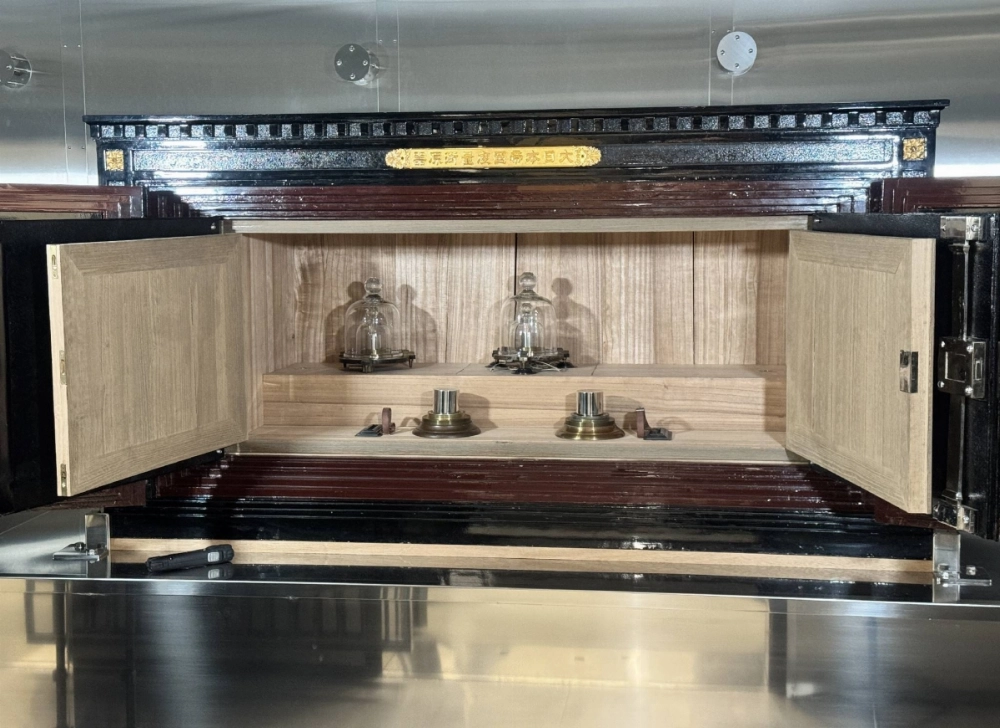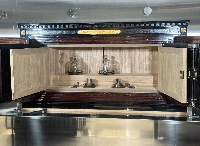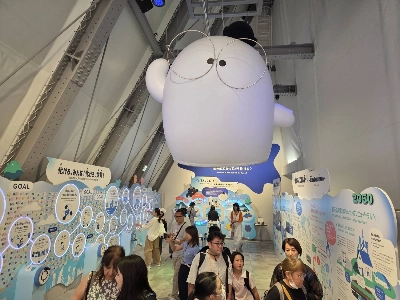The National Institute of Advanced Industrial Science and Technology (AIST) showed Japan's meter and kilogram prototypes to the press on Monday, ahead of the 150th anniversary later this month of the conclusion of the Meter Convention in 1875.
Near the end of the 18th century, 1 meter was defined as one ten-millionth of the distance from the equator to the North Pole along the Paris meridian, and 1 kilogram as the mass of one liter of water.
After the convention that standardized units of measurement, international prototypes of the meter and kilogram were created using a platinum-iridium alloy. Copies were delivered to Japan in 1890.
As technology advanced, it revealed an unacceptable margin of error due to the gradual deterioration of the metal prototype. In 1960, the meter standard was redefined using the wavelength of light. In 1983, it was updated again to define 1 meter as the distance light travels in a specific amount of time.
The kilogram standard was updated to one using the Planck constant, a minimum unit of light energy, in 2019.
The original kilogram prototype has been kept in a temperature- and humidity-controlled steel safe at AIST, in the city of Tsukuba, Ibaraki Prefecture. It showed the smallest change in mass in the past 100 years among the prototypes provided to countries across the world.



















With your current subscription plan you can comment on stories. However, before writing your first comment, please create a display name in the Profile section of your subscriber account page.